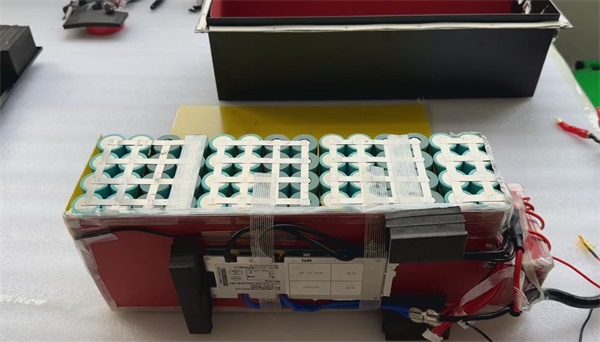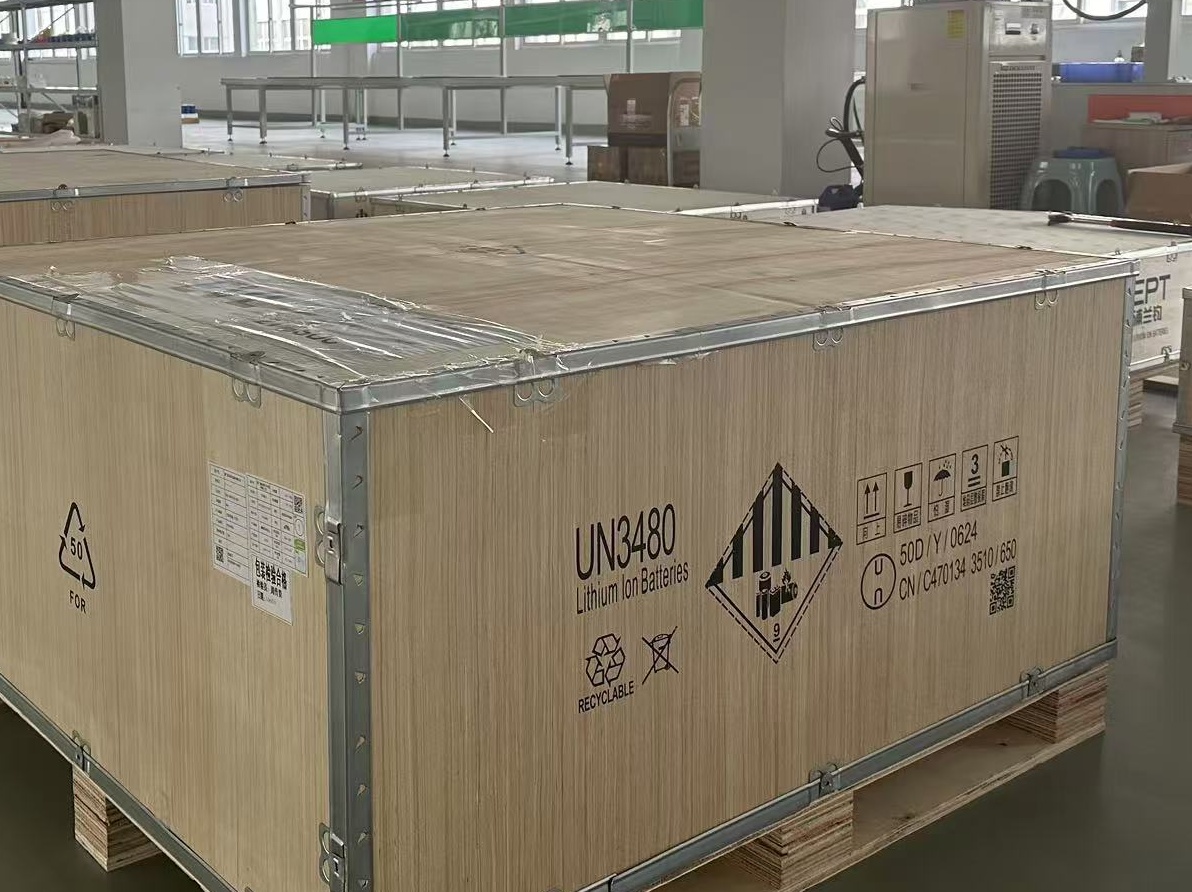Explore the Customer's Top Concerns: Are LiFePO4 Batteries Safe?

In recent years, a popular type of lithium-ion battery is the LiFePO4 battery, also known as the LFP battery. This battery uses lithium iron phosphate (LiFePO4) as the cathode material and graphite carbon electrodes with metal backing as the anode.
Initially, scientists placed it at the anode material, but they found that anode materials were not suitable for lithium-ion batteries. Why? Because they were prone to early short-circuiting. The cathode material proved to be a better alternative for lithium-ion batteries. This became especially apparent in the LiFePO4 battery variant. Fast forward: we improved stability and conductivity, refined various components, and then the LiFePO4 battery was born.
However, not all lithium-ion battery types are the same. Different types of lithium-ion batteries have different chemical properties, performance characteristics, and safety features.
But what makes the LiFePO4 battery stand out compared to other lithium-ion batteries? How does its safety compare to other types of batteries? In this article, we will explore the unique safety features of the LiFePO4 battery and why it is considered one of the safest types of lithium-ion batteries.
The LiFePO4 battery, also known as the lithium iron phosphate battery, is widely regarded as one of the safest battery choices on the market today. In fact, its excellent safety features make it the preferred choice for various applications, including electric vehicles and home energy storage systems.
Compared to other types of lithium batteries, LiFePO4 batteries are known for their superior safety performance. The LiFePO4 battery's greatest safety advantage mainly stems from its unique chemical properties, which significantly enhance its safety compared to other batteries.
Unique and Safe Chemical Properties
The chemical properties of the LiFePO4 battery give it exceptional thermal stability and overcharge resistance. The LiFePO4 battery, as a type of phosphate-based battery, uses phosphate compounds as the cathode material, with lithium iron phosphate (LiFePO4) being a common phosphate material. Lithium iron phosphate as a cathode material is safer. This is because the charged and uncharged states of LiFePO4 are physically similar and very stable, allowing ions to remain stable during charging cycles or oxygen flow during potential failures.
This is in contrast to batteries using materials like lithium cobalt oxide, which are less safe. When the battery is overcharged or physically damaged, the phosphate-oxide bonds in LiFePO4 remain stable, whereas in other lithium chemistries, these bonds begin to break and release excessive heat, eventually leading to thermal runaway. LiFePO4 batteries can withstand harsh conditions, whether cold, hot, or rugged terrain. When encountering impacts or short circuits, they do not explode or catch fire, greatly reducing the likelihood of any harm.
Stable Electrolyte
The electrolyte in the LiFePO4 battery is also different from other lithium batteries in terms of safety. LiFePO4 batteries typically use a more stable electrolyte that is less prone to decomposition reactions. Other types of lithium batteries, especially those using liquid electrolytes, can cause the electrolyte to vaporize or corrode when exposed to high temperatures or damage, which not only leads to reduced battery performance but also triggers chemical reactions that may lead to fire. The LiFePO4 battery’s electrolyte stability is much stronger, and such problems are rare, further enhancing the overall safety of the battery.
Hard Crystal Structure of LiFePO4
The hard crystal structure of LiFePO4 gives it strong impact resistance. The crystal structure of lithium iron phosphate is harder and more mechanically robust, meaning that even when subjected to external impact or physical damage, the internal structure of the LiFePO4 battery is not easily broken or short-circuited, reducing the risk of safety incidents following battery damage. In contrast, other types of lithium batteries, especially those using more fragile materials like lithium cobalt oxide, may short-circuit internally after impact, leading to serious safety hazards.
Environmental and Health Safety
When using lithium batteries, people typically focus on the safety during charge and discharge, often overlooking the long-term impacts of lithium batteries on human health and the environment. With increasing awareness of environmental issues, the eco-friendliness of the LiFePO4 battery has gradually entered the public's view.
Compared to other types of lithium batteries, the LiFePO4 battery uses materials such as iron and phosphate, which are relatively abundant and environmentally friendly. It is non-toxic, non-polluting, and free of rare earth metals, making it an eco-friendly option. This reduces the environmental impact during production and disposal. Additionally, the toxicity of lithium iron phosphate materials is low, and even if the battery malfunctions, the leaked substances do not pose significant threats to human health or the environment. Unlike lead-acid and nickel-oxide lithium batteries, they are non-toxic and will not leak harmful substances.
With the above content, we can confidently answer customers’ questions about whether the LiFePO4 battery is safe. Undoubtedly, it is. At the same time, some other characteristics of the LiFePO4 battery, such as its wide operating temperature range, unique built-in protective circuits, and sturdy battery design, further enhance its safety performance.

Energy X battery packaging container
Therefore, we believe that if you are looking for a safe lithium battery, the LiFePO4 battery is your best choice. We will provide you with safe, high-quality LiFePO4 batteries to ensure the success of your energy plans.

